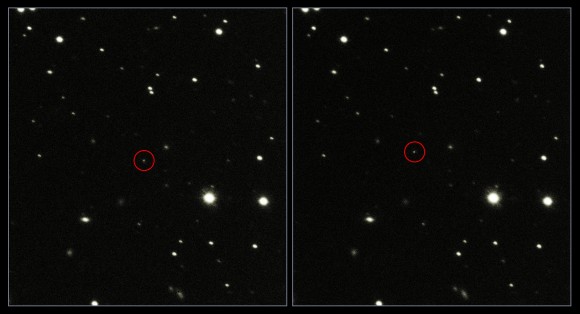| Online: | |
| Visits: | |
| Stories: |

| Story Views | |
| Now: | |
| Last Hour: | |
| Last 24 Hours: | |
| Total: | |
Keeping An Eye On Gaia
Gaia, ESA’s long-anticipated mission to map the stars of our galaxy (as well as do a slew of other cool science things) is now tucked comfortably in its position in orbit around Earth-Moon L2, a gravitationally stable spot in space 1.5 million km (932,000 miles) away.
Once its mission begins in earnest, Gaia will watch about a billion stars an average of 70 times each over a five-year span… that’s 40 million observations every day. It will measure the position and key physical properties of each star, including its brightness, temperature and chemical composition, and help astronomers create the most detailed 3D map of the Milky Way ever.
But before Gaia can do this, its own position must be precisely determined. And so several of the world’s most high-powered telescopes are trained on Gaia, keeping track daily of exactly where it is up to an accuracy of 150 meters… which, with the ten-meter-wide spacecraft one and a half million kilometers away, isn’t too shabby.
(…)
Read the rest of Keeping An Eye On Gaia (286 words)
© Jason Major for Universe Today, 2014. |
Permalink |
No comment |
Post tags: esa, ESO, Gaia, GBOT, observatory, space, telescope, VLT
Feed enhanced by Better Feed from Ozh
Source: http://www.universetoday.com/109526/keeping-an-eye-on-gaia/




